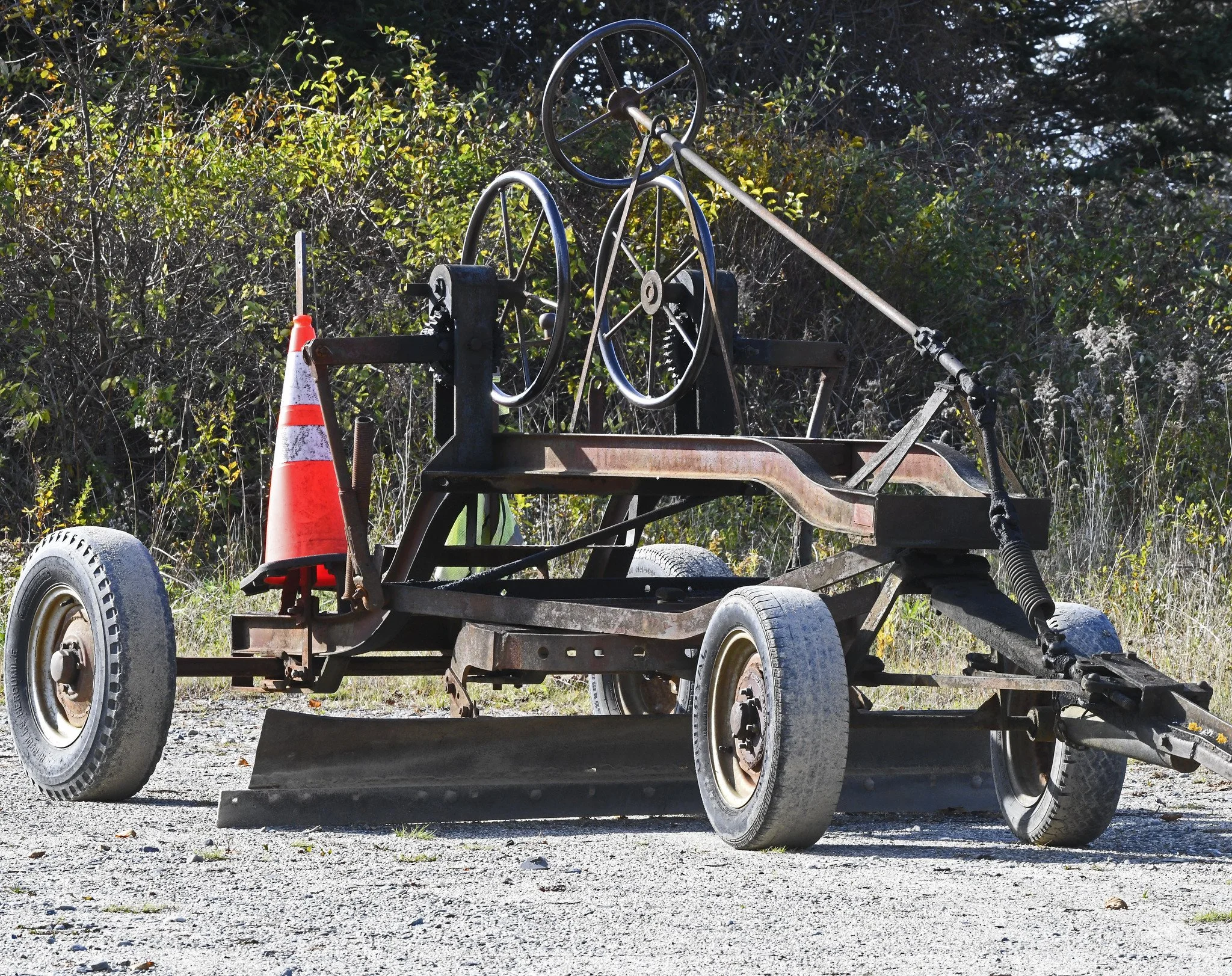Yesterday was overcast and gray – until the sun decided that its last act of the day was worthy of an audience. We witnessed a classic battle between the sun’s last light and the clouds’ drifting vapers in our ever-changing vista.
And, we came a smidgeon closer to understanding what poor Vincent Van Gogh could have felt about the sun “en plein air.” (Image taken in Brooklin, Maine, on November 7, 2023.) Click on image to enlarge it.






























































































